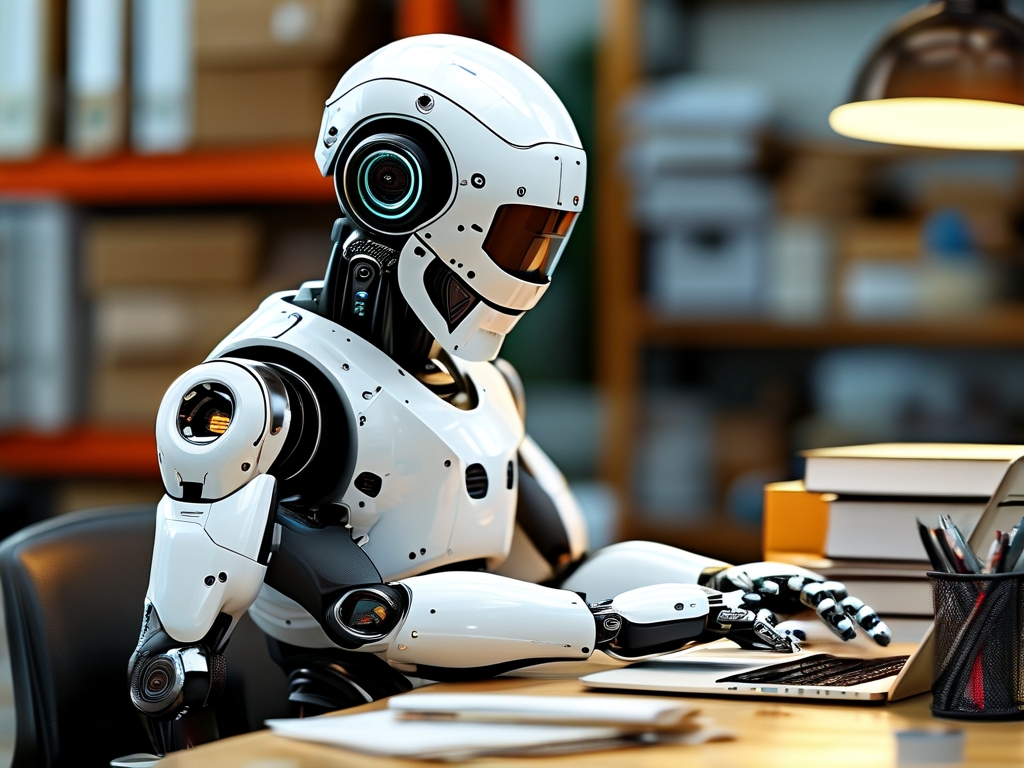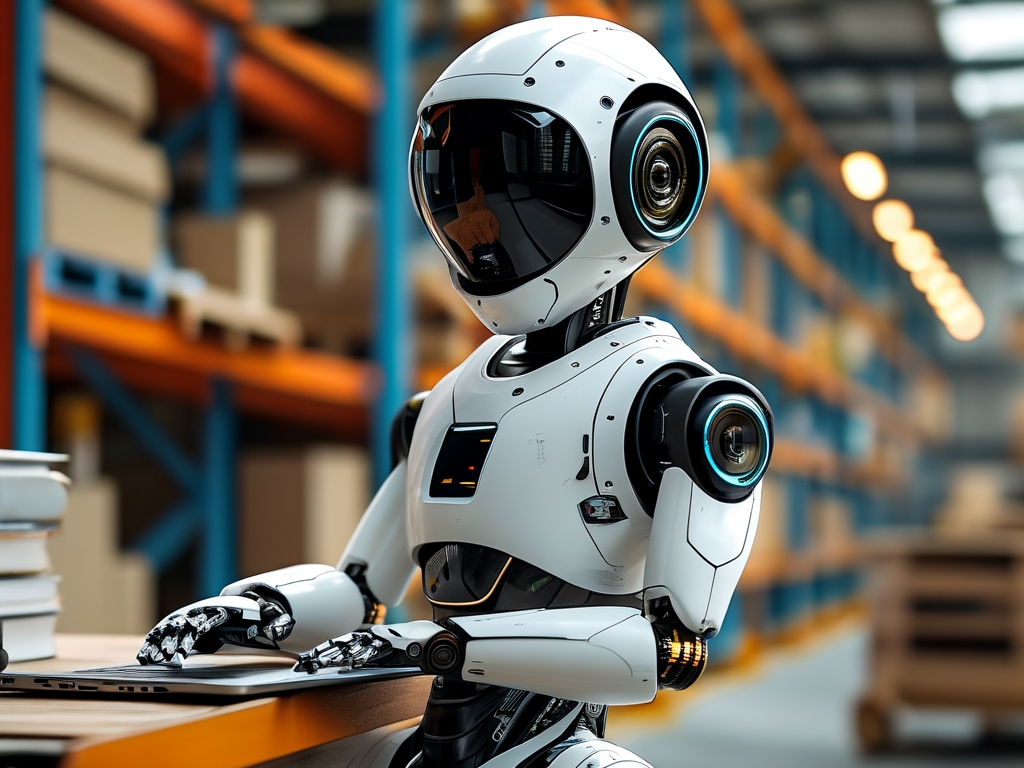The rapid advancement of robotics technology is reshaping industries, economies, and the very nature of work. As automation and artificial intelligence become integral to workplaces, the demand for professionals skilled in workforce robotics is surging. This article explores the evolving employment landscape driven by robotics technology, highlights key career directions, and offers insights into how individuals can prepare for this transformative future.
1. The Rise of Workforce Robotics
Workforce robotics refers to the integration of robots, automated systems, and AI-driven tools into traditional and emerging job sectors. From manufacturing assembly lines to healthcare diagnostics, robots are increasingly handling repetitive, dangerous, or precision-based tasks. According to the International Federation of Robotics, over 3 million industrial robots are operational globally, with adoption rates growing by 12% annually. This shift is not just displacing certain jobs but also creating new opportunities for roles that blend technical expertise with human creativity.
2. Emerging Career Pathways
A. Robotics Engineering and Maintenance
As robots become ubiquitous, the need for engineers who can design, build, and maintain these systems is skyrocketing. Robotics engineers specialize in developing hardware and software solutions tailored to industry needs, such as collaborative robots (cobots) for factories or surgical robots for hospitals. Maintenance technicians, meanwhile, ensure these systems operate efficiently, requiring skills in troubleshooting, programming, and mechanical repair.

B. AI and Machine Learning Integration
Robotics relies heavily on AI to perform complex tasks. Careers in AI training, algorithm development, and data analysis are critical for improving robot autonomy. Professionals in this field often work on enhancing machine learning models to enable robots to adapt to dynamic environments, such as autonomous delivery drones or customer service chatbots.
C. Human-Robot Collaboration Design
The future workplace will emphasize synergy between humans and robots. This has spurred demand for UX/UI designers and ergonomics specialists who optimize interfaces for seamless interaction. For example, designing intuitive control panels for factory workers managing robotic arms or creating safety protocols for shared workspaces.
D. Ethics and Policy Development
As robotics permeates society, ethical and regulatory challenges arise. Roles in robotics ethics, policy-making, and compliance are growing. These professionals address questions like data privacy in AI-driven systems, liability for robotic errors, and equitable access to automation benefits.
E. Robotics Sales and Consultancy
Companies seeking to adopt robotics need experts to guide their investments. Sales engineers and consultants analyze business needs, recommend tailored solutions, and provide training. This field combines technical knowledge with interpersonal skills to bridge the gap between technology and end-users.
3. Skills for the Robotics-Driven Job Market
To thrive in this sector, individuals must cultivate a mix of technical and soft skills:
- Technical Proficiency: Programming (Python, C++), AI/ML frameworks, mechatronics, and cloud computing.
- Adaptability: Staying updated with rapid technological changes through continuous learning.
- Critical Thinking: Solving novel problems, such as optimizing robot workflows or mitigating system biases.
- Interdisciplinary Knowledge: Understanding industry-specific applications, like robotics in agriculture or logistics.
4. Challenges and Opportunities
While workforce robotics promises efficiency, it also poses challenges. Job displacement in sectors like manufacturing and retail requires reskilling initiatives. Governments and educational institutions must collaborate to offer affordable training programs in robotics and AI. Conversely, the technology opens doors to high-paying, future-proof careers. For instance, the average salary for a robotics engineer in the U.S. exceeds $100,000 annually, reflecting the high demand for expertise.
5. Preparing for the Future
Students and professionals can take proactive steps:
- Pursue degrees or certifications in robotics engineering, computer science, or data science.
- Engage in hands-on projects, such as building DIY robots or contributing to open-source AI platforms.
- Network with industry leaders through conferences like the IEEE International Conference on Robotics and Automation.
Workforce robotics is not a distant fantasy but a present reality reshaping employment. By embracing emerging career paths and investing in relevant skills, individuals can position themselves at the forefront of this revolution. The key lies in viewing robots not as competitors but as collaborators that augment human potential, driving innovation and economic growth in the decades ahead.


